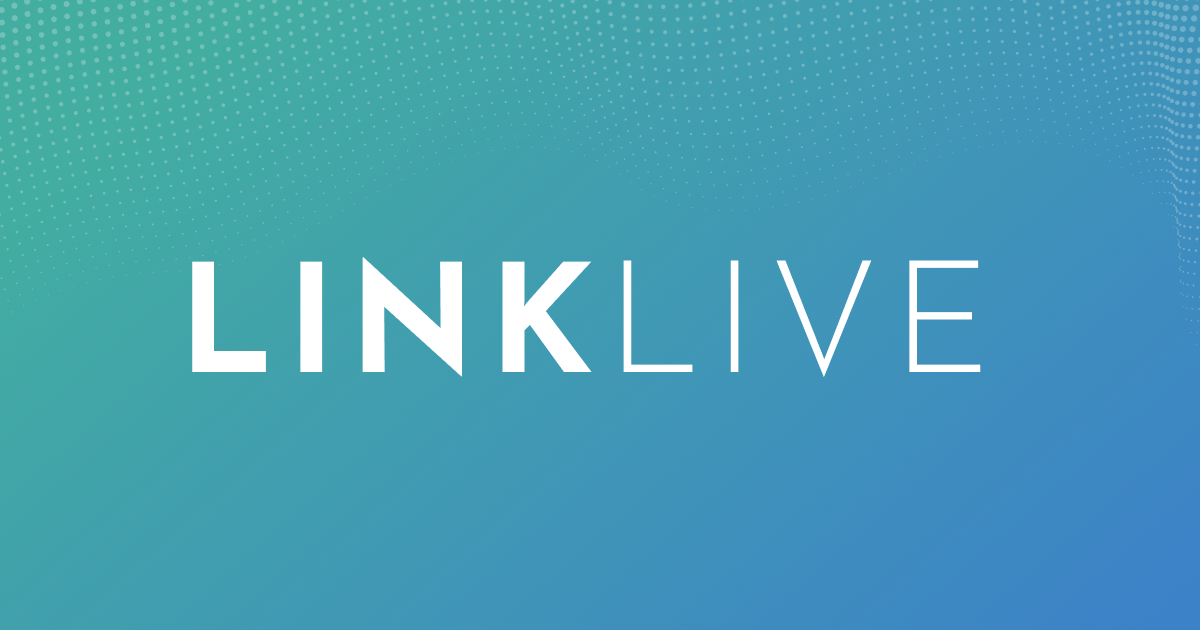Looking Back: How Today’s Nursing Shortage Crisis Came to Be

This blog is Part 1 of five in a series taking a deeper dive into today’s nursing shortage crisis.
The healthcare industry has experienced its fair share of change in the last two years. From the sudden influx of COVID-19 patients occupying every single hospital bed in many organizations across the country to clinics closing to stop the spread of the virus, the challenges that industry had been facing silently in the background for many years rapidly came to the forefront. Perhaps no such profession within the industry felt the effects of the sudden change that the pandemic brought on than nurses.
Nursing has historically been a highly sought-after profession. In fact, before the COVID-19 pandemic, nursing had even been the most trusted profession for two full decades according to an annual Gallup poll. Additionally, nursing has always been a well-paid profession – nearly doubling the national median hourly average for all professions. When the pandemic began two years ago, not only did it impact the way people live and work, it also significantly impacted the nursing profession. In some parts of the country, nurse-to-patient ratios are nearly double what they were pre-pandemic.
Today’s nurses have been pushed to their limits and many are even leaving the profession altogether. And to make matters worse, the healthcare industry is facing unprecedented nurse staffing shortages today. Unfortunately, this shortage of nurses is not a new problem – in fact, the shortage was predicted many years ago before the pandemic swept the globe. These shortages are resulting in poor outcomes, poor patient satisfaction, patient leakage, and loss of revenue.
The Deemphasis of Education Programs
Prior to the pandemic, the nursing shortage existed but seemed to be far enough in the future to take any immediate action. The healthcare industry knew it was coming, but its urgency and significance seemed far enough in the future that it wasn’t prioritized in day-to-day planning and operations. This shortage that was beginning to materialize was a result of an aging population of nurses that were nearing retirement coupled with insufficient educational programs to train new nurses to backfill those retiring.
Nursing educators, like other education professions in the country, had been undervalued and underpaid. Today, nursing educators continue to work to pave the path for future generations of nurses and yet are often paid less than a bedside nurse. As a result, there has been an extreme shortage of nursing educators – having a snowball effect and further resulting in a shortage of nursing education programs.
In some circumstances today, college students trying to break into the profession are forced to a waiting list for over two years just to get admitted to a non-competitive, community college 2-year Associate degree nursing program. Many of those students that choose to wait to get into the nursing field often find other professions during the waiting period and end up taking a different career direction entirely. This challenge contributed significantly to the early stages of what is a full-blown nursing shortage today.
A Significant Shift in Healthcare Models
The second precipitating factor to the nursing shortage that was intensifying pre-pandemic can be traced back to changes in healthcare legislation. The transition from a fee for service model to a value-based care model came as a significant financial hit to hospitals and hospital systems if they didn’t act accordingly as value-based care pushed the idea of health care versus sick care. Hospital systems were forced to strategize ways to move patients out of the acute care setting and to provide care at a lower, more efficient cost while putting in efforts to manage population health.
As a result, what used to be hospital systems became healthcare systems. These companies that once identified as acute-care setting healthcare providers began to expand their operations. Hospital systems became fully integrated accountable care organizations (ACOs) by opening outpatient clinics, free standing emergency departments, micro-hospitals, primary care offices, medical imaging centers and the like. This explosion of ambulatory, outpatient setting care created a significant need for nursing outside of the hospital walls. Nurses were tempted to seek employment outside of the hospital with the appeal of lower stress, same (or even sometimes higher) pay, no weekend or twelve-hour shifts.
These events that occurred prior to the pandemic accelerated the nursing shortage by removing the focus on nursing educational programs and simultaneously diluting the nursing profession by creating jobs outside of the acute care setting. This shift had a significant impact on the industry. Hospitals began to partner with colleges to put programs in place to accelerate nursing trainings. Some healthcare organizations even implemented roles like a ‘nurse extern,’ in which a nursing student would work an internship and then be guaranteed employment after they graduated. While these measures had some positive impact, the nursing shortage was significantly accelerated during these years pre-COVID-19.
Read More about the nursing shortage and its impact on patient transfer in our eBook, Transforming the Transfer and Referral Process and Why Efficient Communications Benefit Both Patients and Providers.
